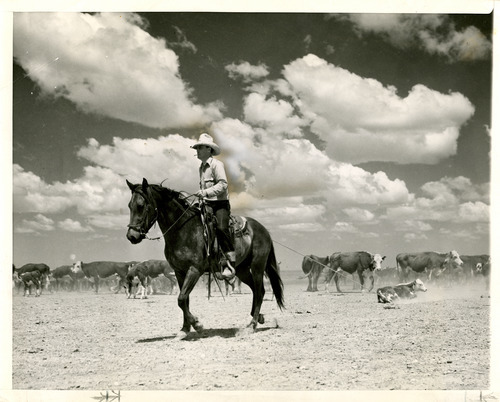This slanted reporting can come in many forms: by the use of descriptive words that are otherwise unnecessary, such as "The incredibly important, field-changing scientific discovery/advancement..." (made-up example). "Incredibly important, field changing" are descriptive opinions that could be debated. Someone could agree that, yes, the scientific discovery is that as described; but just as easily someone could argue that the importance of the discovery is relative and not actually applicable as "changing the scientific field." To be free of slanted biased reporting, the sentences would have to read as, "The scientific discovery/advancement..."; which may not be as attention-grabbing as the previous version and that may be why such descriptive tactics are used.
An example of this is the media coverage regarding recent reports that at times seem to use vastly different descriptive words based on the color of skin of the participants. They downplay the acts of some, and harshly condemn the acts of others, in what appears to be a continuing pattern based on antiquated racial discriminatory divides. The following video is a compilation made by bravenewfilms.org, of news clippings that highlight this issue.
Another way slanted reporting occurs is when information is purposefully withheld, or not focused on as much, to change the perception of the information presented. An example of this is a video I found on the history of Country Music. [The first part of the BBC documentary is shown below]
| Gene Autry: A White American cowboy of the 1930's |
 |
| White American cowboy in 1939 |
 |
| Painting of a Mexican Vaquero around 1830; unknown artist. |
 |
| 19th Century (1800-1900) Mexican Rural Vaquero Guards |
 |
| Mexican Revolutionary (Emiliano Zapata) who made use of the Vaquero style of dress. He died in 1919. |
All in all, slanted reporting in itself is not necessarily harmful. A descriptive word(s) to describe the "unusually hot weather" instead of reporting the weather as simply, 110 degrees Fahrenheit (example from ENG 102 class), is nothing to think twice about, or shocked at. But slanted reporting can make a source seem not credible and faulty, especially what is meant to be a news source or a documentary; when and if they present what could be described as vastly different discriminatory verbiage, or when they omit information. Unless all news sources, documentaries, advertising, etc change these tactics, the only real solution is to be mindful of what we see, read, and ultimately think.
[Disclaimer: I actually have no affinity for country music, neither the original Mexican "rancheras, norteñas, corridos" or the influenced "American" country music. I actually can't stand most of either. And the style of dressing doesn't appeal much to me either.]
Sources:
"Little Emotional Albert." Edmond Schools. Edmond Public Schools. Web. 15 Nov. 2015. <http://www.edmondschools.net/Portals/3/docs/Terri_McGill/READ-LITTLE ALBERT.pdf>.
Livingston, Phil. "The History of the Vaquero." The History of the Vaquero. American Cowboy. Web. 15 Nov. 2015. <http://www.americancowboy.com/article/history-vaquero>.
"Vaqueros." Bullock Museum: The Story of Texas. Bullock Texas State History Museum. Web. 15 Nov. 2015. <http://www.thestoryoftexas.com/discover/campfire-stories/vaqueros>.
Picture sources:
Gene Autry: www.upload.wikimedia.org/wikipedia/commons/0/0a/Gene_Autry.JPG
1939 Cowboy: www.archive.sltrib.com/images/2012/0728/lookback_cowboys_072712~4.jpg
1830's Vaquero: http://www.thestoryoftexas.com/upload/images/characters/vaqueros/vaquero-painting.jpg?1432927335
Rural Vaquero Guards: www.lib.utexas.edu/benson/briquet/lgimages/briquet%2023.jpg
Mexican Revolutionary: www.vallartatribune.com/wp-content/uploads/2014/11/Emiliano-Zapata.jpg
Wow, pretty informative, and good examples
ReplyDeleteNice entry.
ReplyDelete